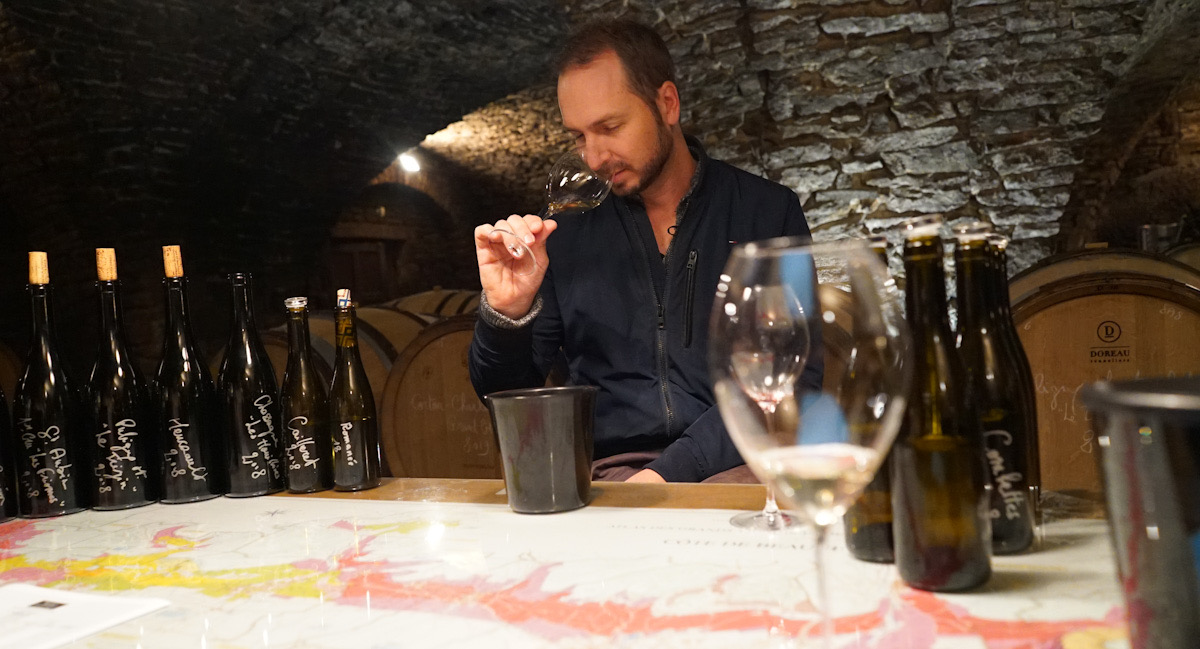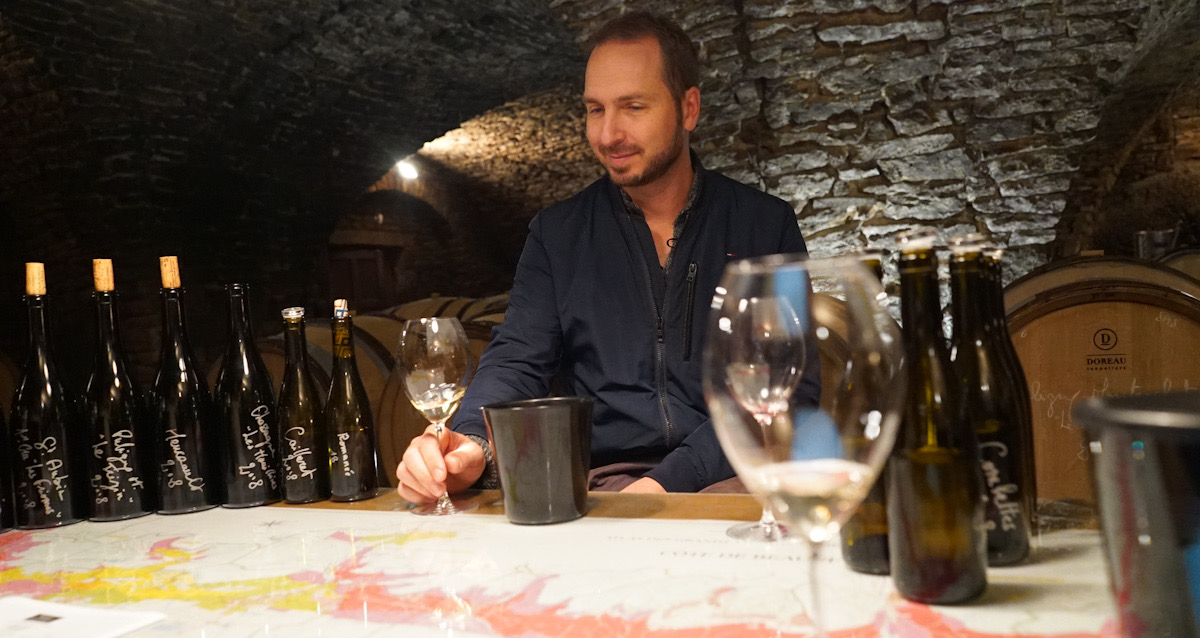This week I saw a comment from another wine writer who was fighting his way through gallons of 2018 Burgundies, and this rather random note of his made me think (it happens from time to time):
- “Tasted a few SO2-free Burgundy 2018s during my visits. None of them appeal to me since they taste of technique rather than terroir.”
This view and quote is at least worth discussion, as the statement does represent the inclination or stance of many tasters of Burgundies.
To be precise, what is SO2 free?
More and more wines in Burgundy are now vinified without sulphur and, depending on the timing, some of them will still be sulphur free (or with very little sulphur) before they are eventually sulphured for bottling. These are not sulphur free; they will have a dose before bottling.
Speaking about sulphur (SO2)-free wines, one is therefore talking about rather extreme wines – wines with no or very, very little sulphur even after bottling, as opposed to wines that are sulphured before bottling, which are a whole other – more traditional – ballgame.
My experience with sulphur-free Burgundies
I have over the years tasted sulphur-free Burgundies. Completely sulphur-free wines are however still a rare guest at my table, but I do try to taste some from time to time.
Let me be honest: I have an easier time with no- or low-sulphur red wines than with unsulphured whites, as I simply get more hedonistic pleasure from the reds. I find the whites more challenging.
But what is missing due to the “no-sulphur” approach?
Definition is lacking in sulphur-free Burgundies
In a nutshell: the definition of the wine feels weaker, meaning that structural elements are not as prominent and leave the wine softer and somewhat more diffuse. The expression of terroir appears to be weaker – or less clear, in a traditional sense – hence giving an unclear indication of origin, both appellation and vineyard.
This is what seems to be going on for me. Yet some say that the expression of terroir is just different, and perhaps this could be the case. But it is different in a sense that will require a new mindset for me to understand sulphur-free wine – or sulphur-free white wines at least.
I tasted a sulphur-free Chassagne-Montrachet 2017 from Morey-Coffinet – not a wine that is offered to the public. This was a test bottling to comprehend the effects of eliminating sulphur.


The wine was very pure and palate-wise different, although very agreeable. There were less dominant structural elements and only a muted display of traditional terroir.
It is difficult to say whether all of my impression resulted from the omission of sulphur: Chassagne and the expressions of Chassagne vineyards are quite diverse.
Yet this was my conclusion: While the wine tasted very well (admittedly), my feeling was that something was missing: definition and the clear expression of terroir – in the usual way of my understanding them, at least.
The same can be said of other sulphur-free wines, and therefore they will definitely require some getting used to – just as when I learned to the appreciate and understand the wines from Domaine Prieure-Roch and Phillipe Pacalet.
Note to self: With a different – weaker – expression of terroir, it would perhaps be wise to focus on lesser terroirs to better understand unsulphured wines, rather than buying the first sulphur-free Montrachet …

 - A true vin d’émotion – a Burgundy of passion
- A true vin d’émotion – a Burgundy of passion - A truly hedonistic wine – lively and enjoyable
- A truly hedonistic wine – lively and enjoyable - A vivacious wine for pure indulgance
- A vivacious wine for pure indulgance - A potential vin d´émotion - frais et léger
- A potential vin d´émotion - frais et léger
Leave a Reply
You must be logged in to post a comment.